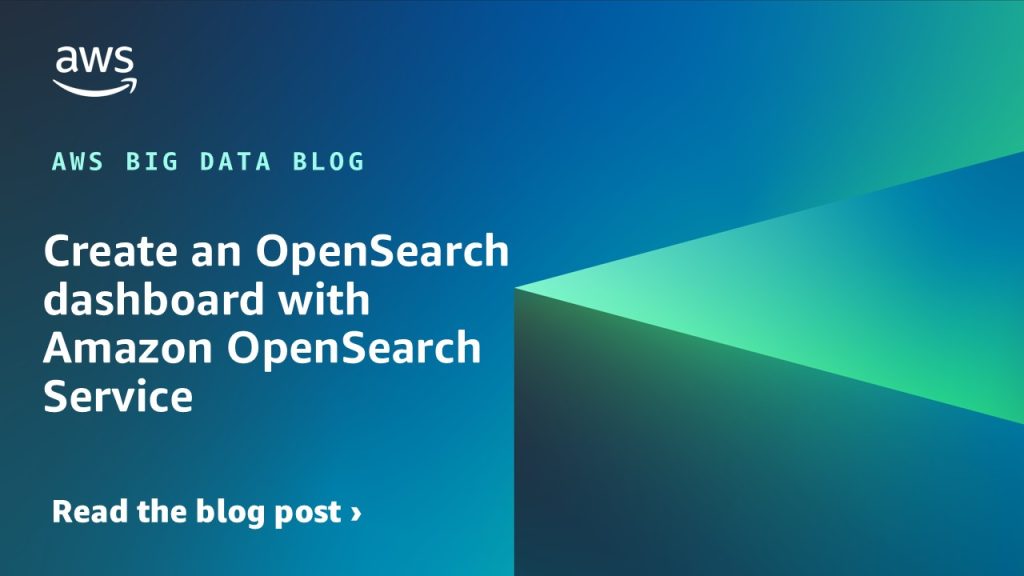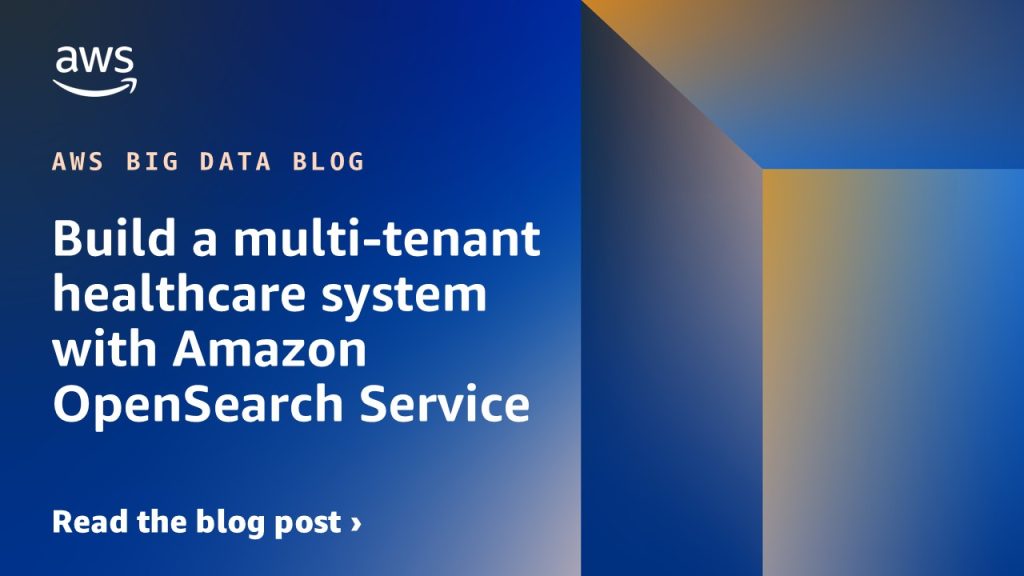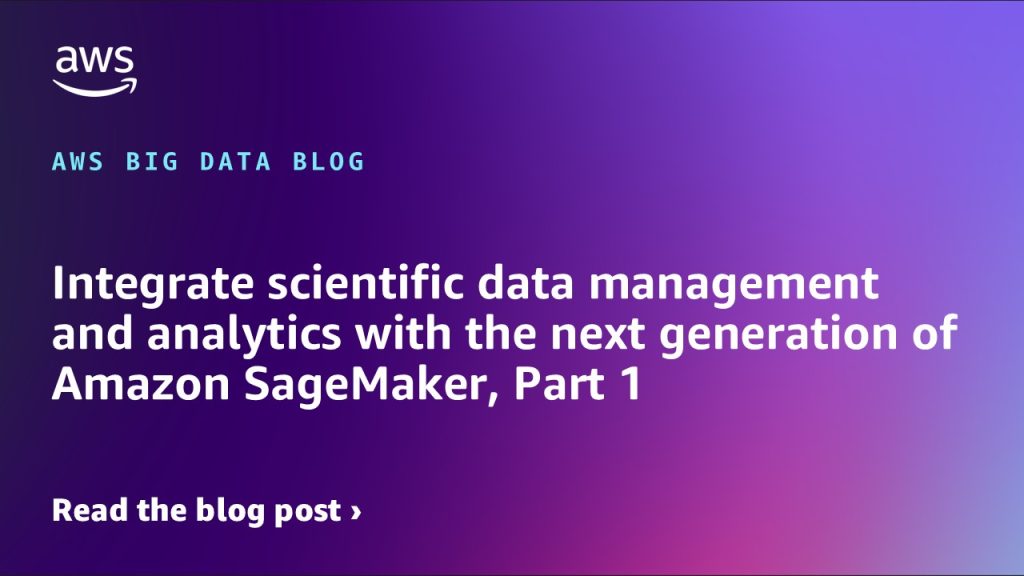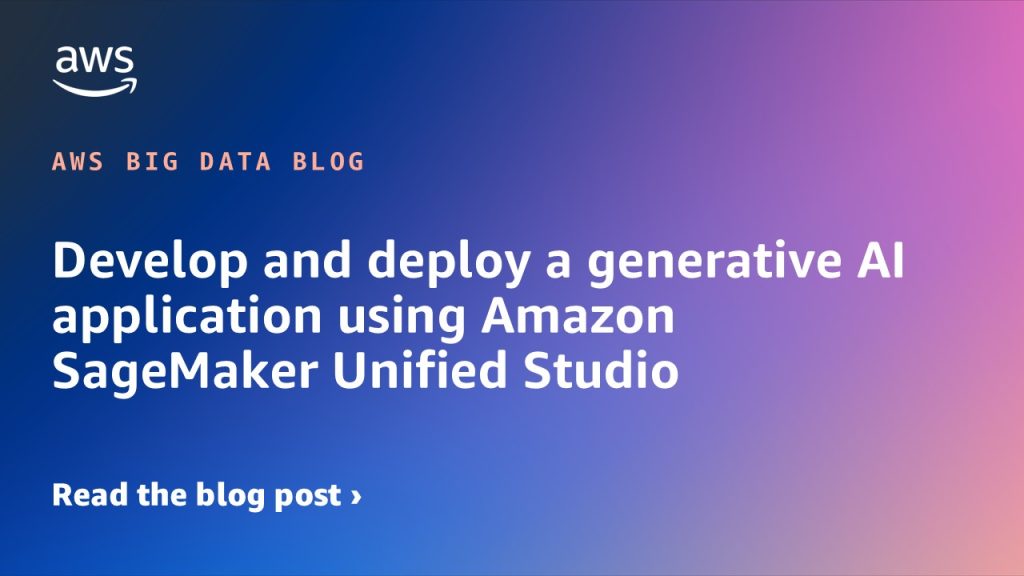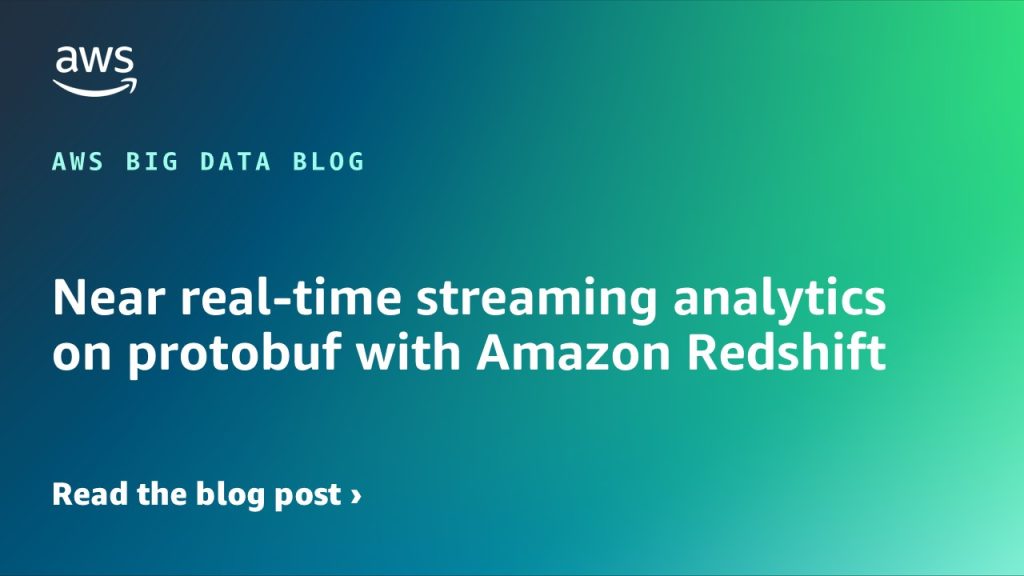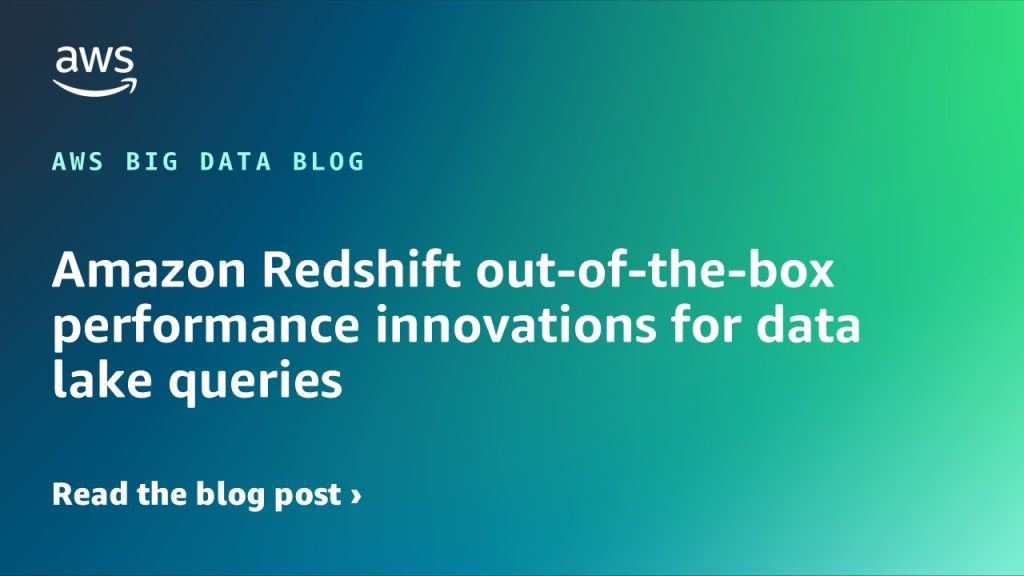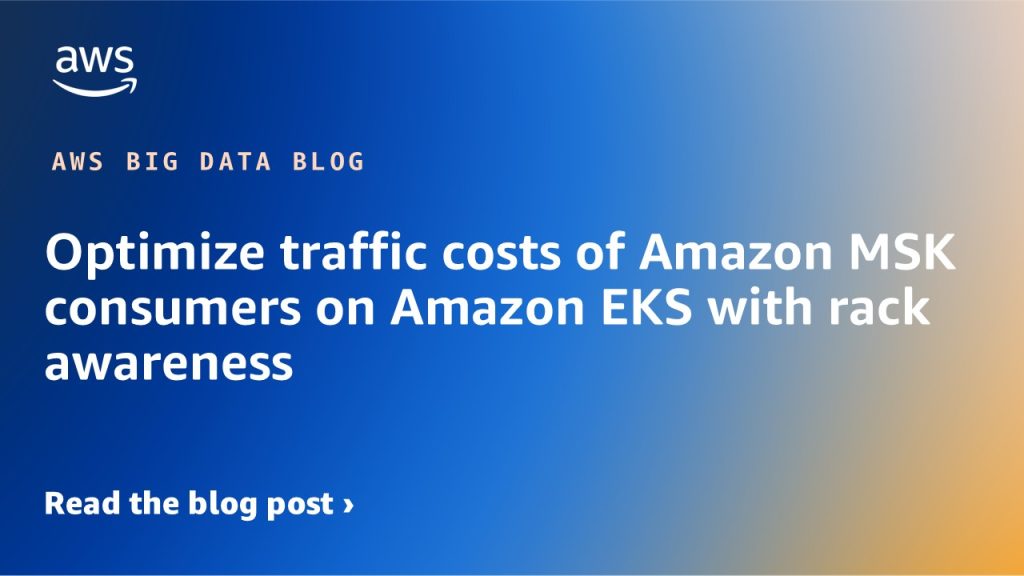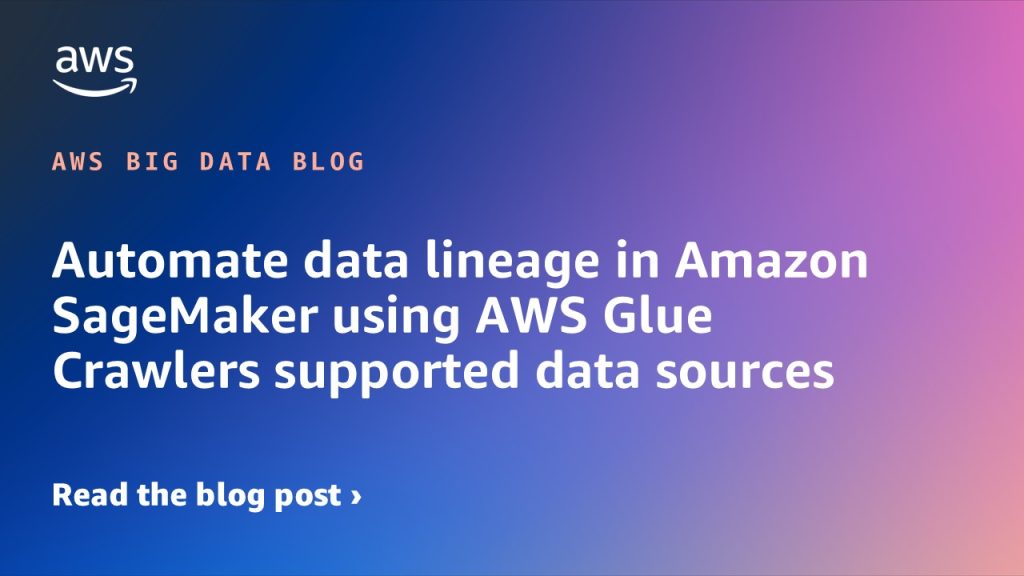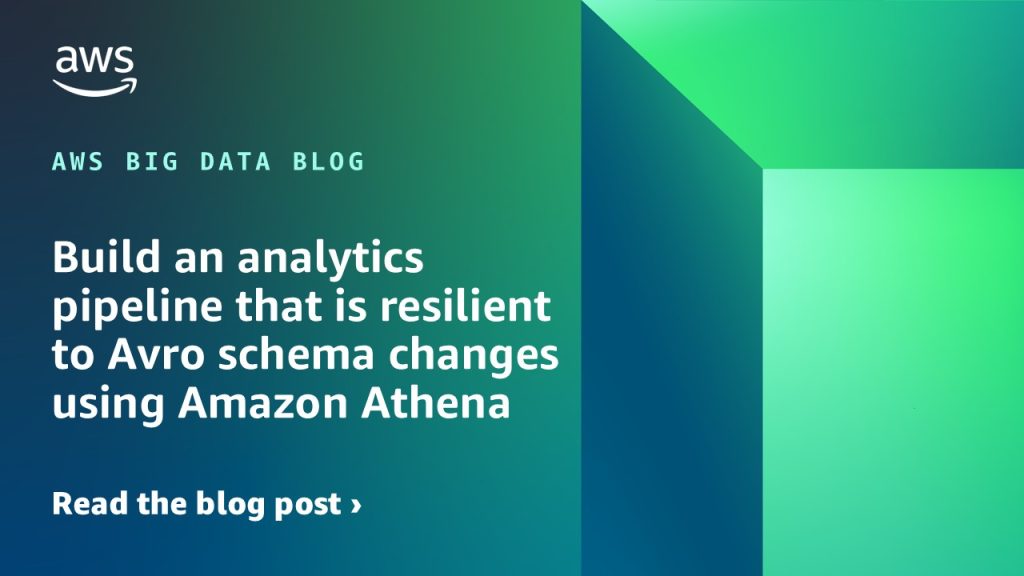AWS Big Data Blog
Category: Analytics
Create an OpenSearch dashboard with Amazon OpenSearch Service
This post demonstrates how to harness OpenSearch Dashboards to analyze logs visually and interactively. With this solution, IT administrators, developers, and DevOps engineers can create custom dashboards to monitor system behavior, detect anomalies early, and troubleshoot issues faster through interactive charts and graphs.
Build a multi-tenant healthcare system with Amazon OpenSearch Service
In this post, we address common multi-tenancy challenges and provide actionable solutions for security, tenant isolation, workload management, and cost optimization across diverse healthcare tenants.
Integrate scientific data management and analytics with the next generation of Amazon SageMaker, Part 1
In this blog post, AWS introduces a solution to a common challenge in scientific research – the inefficient management of fragmented scientific data. The post demonstrates how the next generation of Amazon SageMaker, through its Unified Studio and Catalog features, helps scientists streamline their workflow by integrating data management and analytics capabilities.
Develop and deploy a generative AI application using Amazon SageMaker Unified Studio
In this post, we demonstrate how to use Amazon Bedrock Flows in SageMaker Unified Studio to build a sophisticated generative AI application for financial analysis and investment decision-making.
Near real-time streaming analytics on protobuf with Amazon Redshift
In this post, we explore an end-to-end analytics workload for streaming protobuf data, by showcasing how to handle these data streams with Amazon Redshift Streaming Ingestion, deserializing and processing them using AWS Lambda functions, so that the incoming streams are immediately available for querying and analytical processing on Amazon Redshift.
Amazon Redshift out-of-the-box performance innovations for data lake queries
In this post, we first briefly review how planner statistics are collected and what impact they have on queries. Then, we discuss Amazon Redshift features that deliver optimal plans on Iceberg tables and Parquet data even with the lack of statistics. Finally, we review some example queries that now execute faster because of these latest Amazon Redshift innovations.
Optimize traffic costs of Amazon MSK consumers on Amazon EKS with rack awareness
In this post, we walk you through a solution for implementing rack awareness in consumer applications that are dynamically deployed across multiple Availability Zones using Amazon EKS.
Automate data lineage in Amazon SageMaker using AWS Glue Crawlers supported data sources
In this post, we explore its real-world impact through the lens of an ecommerce company striving to boost their bottom line. To illustrate this practical application, we walk you through how you can use the prebuilt integration between SageMaker Catalog and AWS Glue crawlers to automatically capture lineage for data assets stored in Amazon Simple Storage Service (Amazon S3) and Amazon DynamoDB.
Accelerate your data quality journey for lakehouse architecture with Amazon SageMaker, Apache Iceberg on AWS, Amazon S3 tables, and AWS Glue Data Quality
This post explores how you can use AWS Glue Data Quality to maintain data quality of S3 Tables and Apache Iceberg tables on general purpose S3 buckets. We’ll discuss strategies for verifying the quality of published data and how these integrated technologies can be used to implement effective data quality workflows.
Build an analytics pipeline that is resilient to Avro schema changes using Amazon Athena
This post demonstrates how to build a solution by combining Amazon Simple Storage Service (Amazon S3) for data storage, AWS Glue Data Catalog for schema management, and Amazon Athena for one-time querying. We’ll focus specifically on handling Avro-formatted data in partitioned S3 buckets, where schemas can change frequently while providing consistent query capabilities across all data regardless of schema versions.
